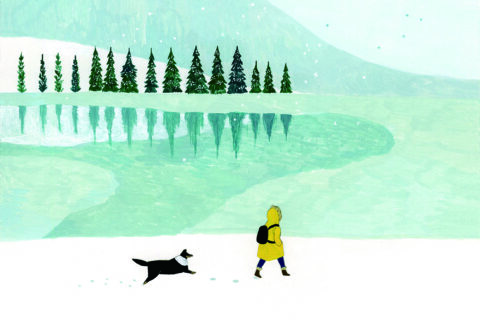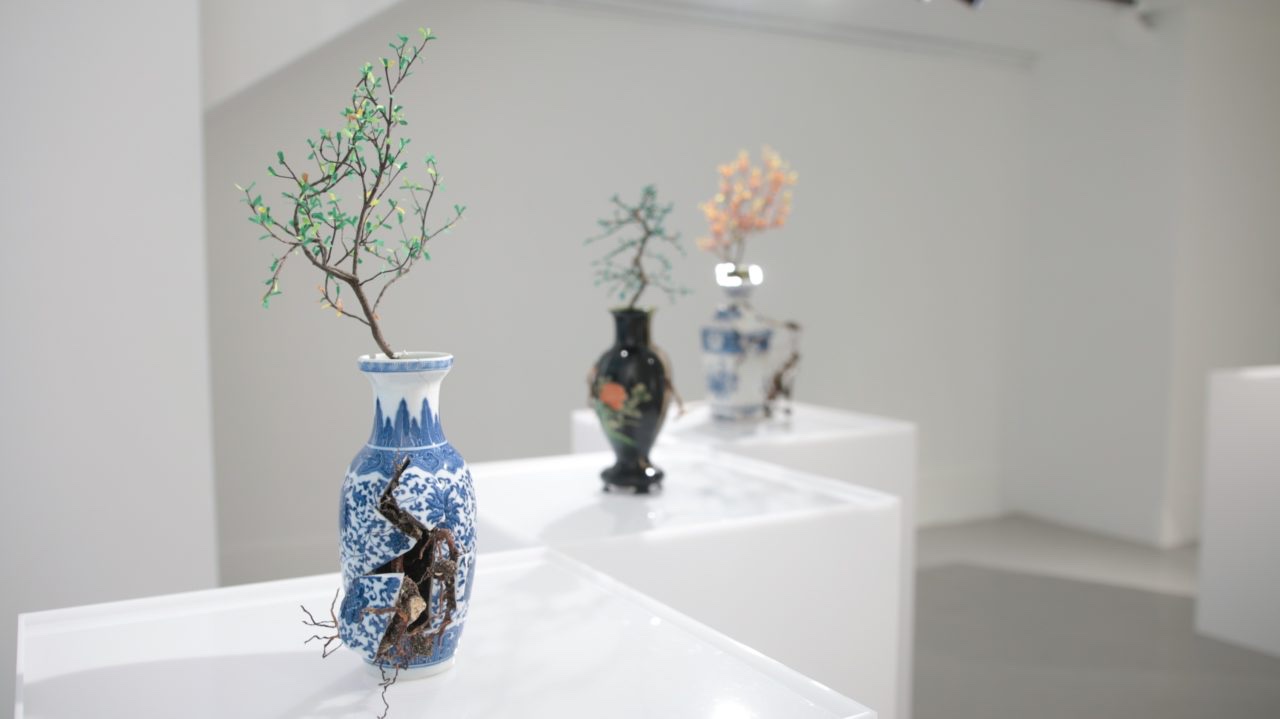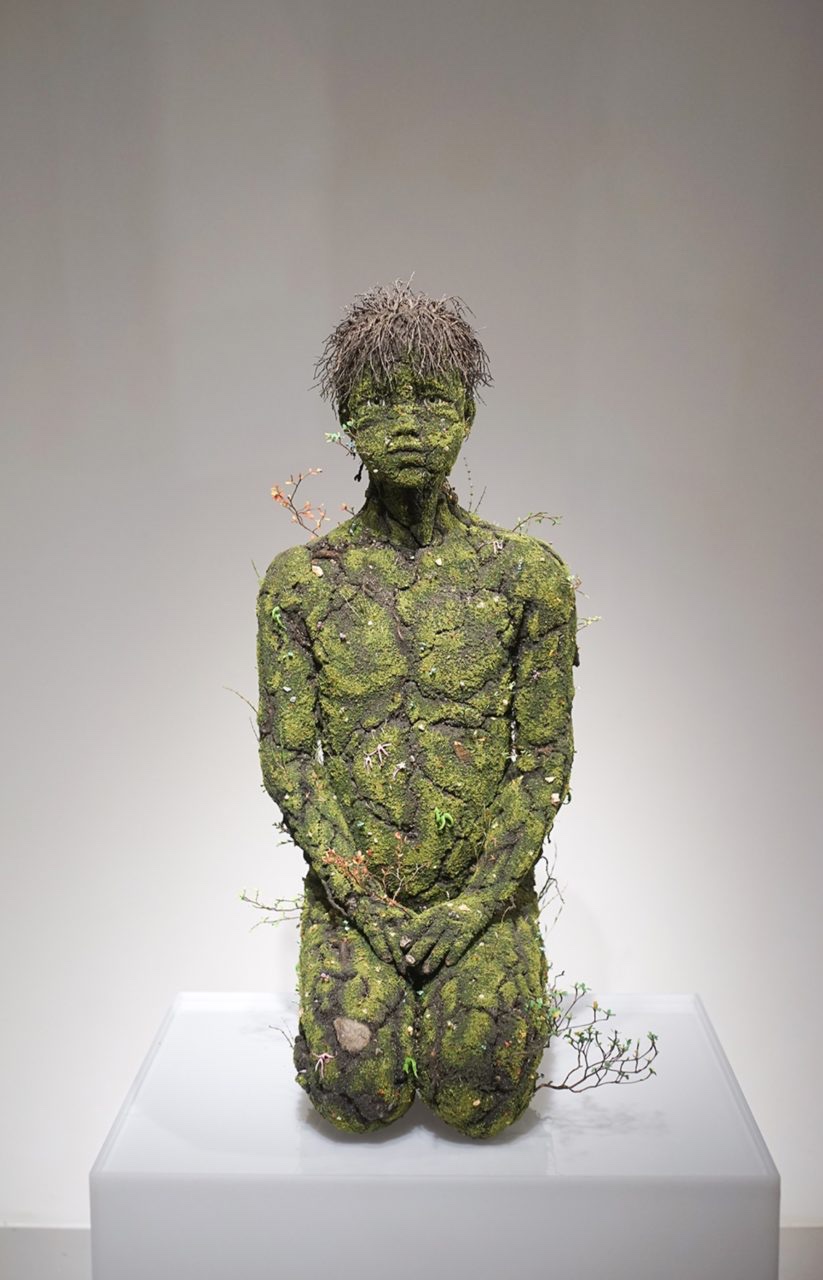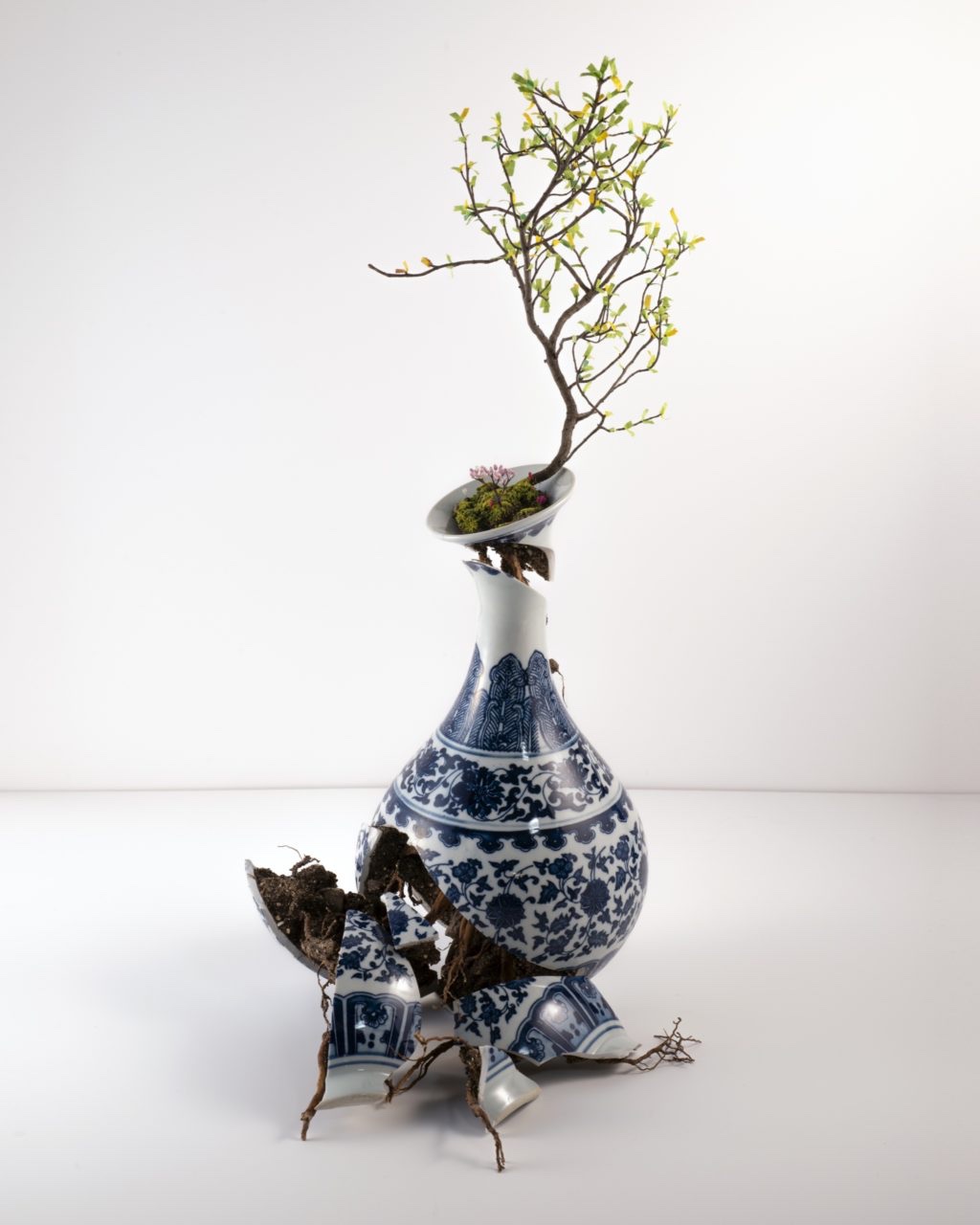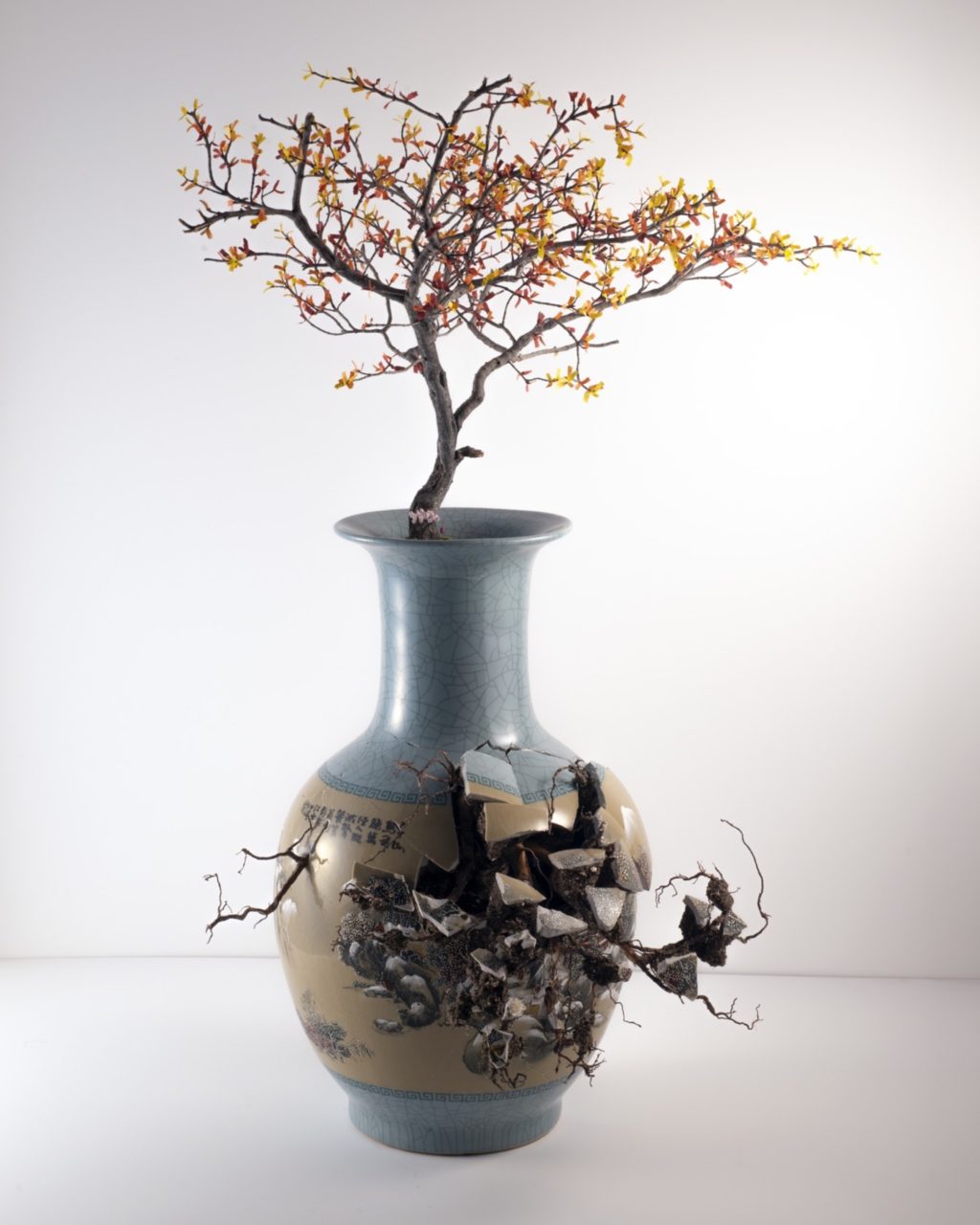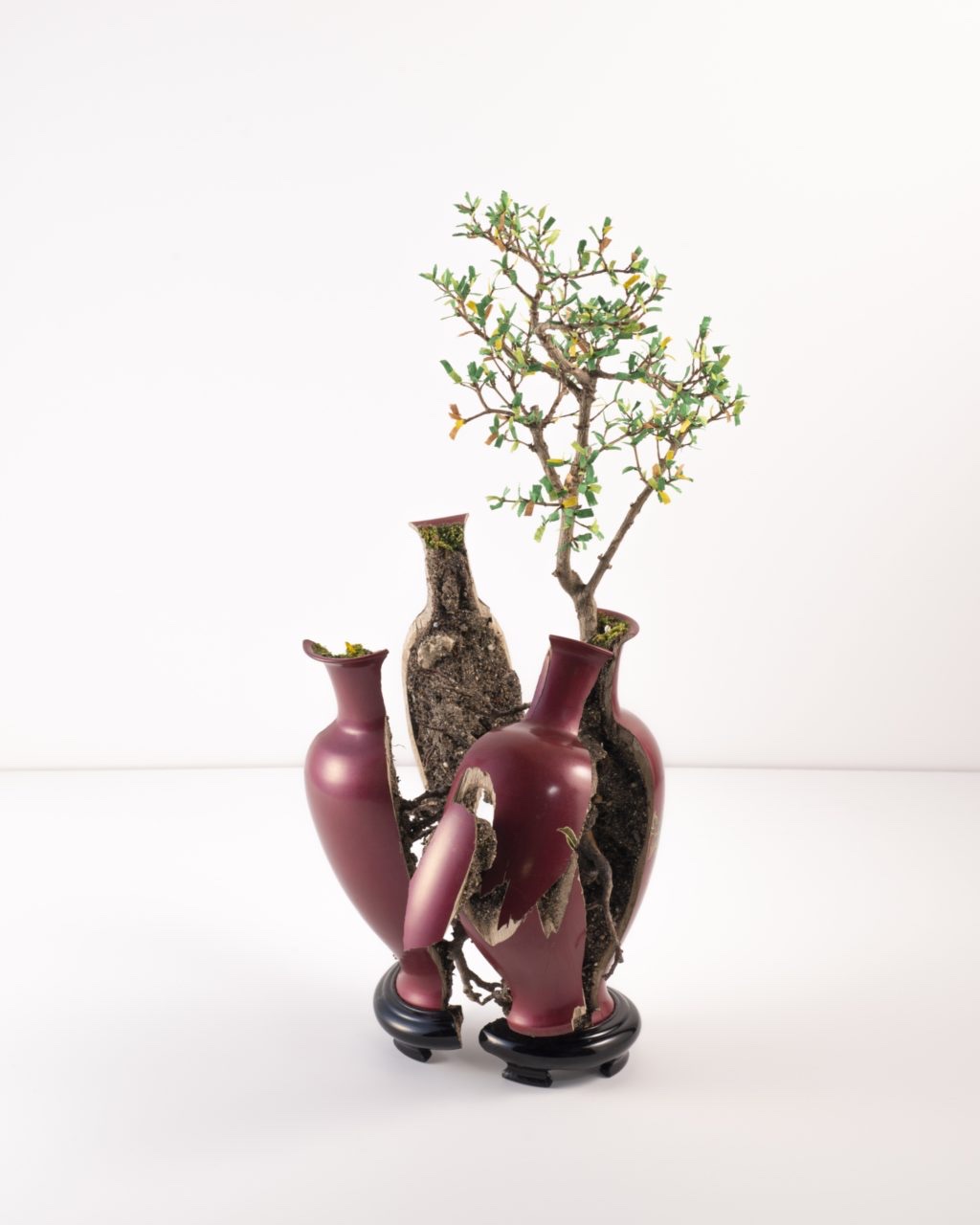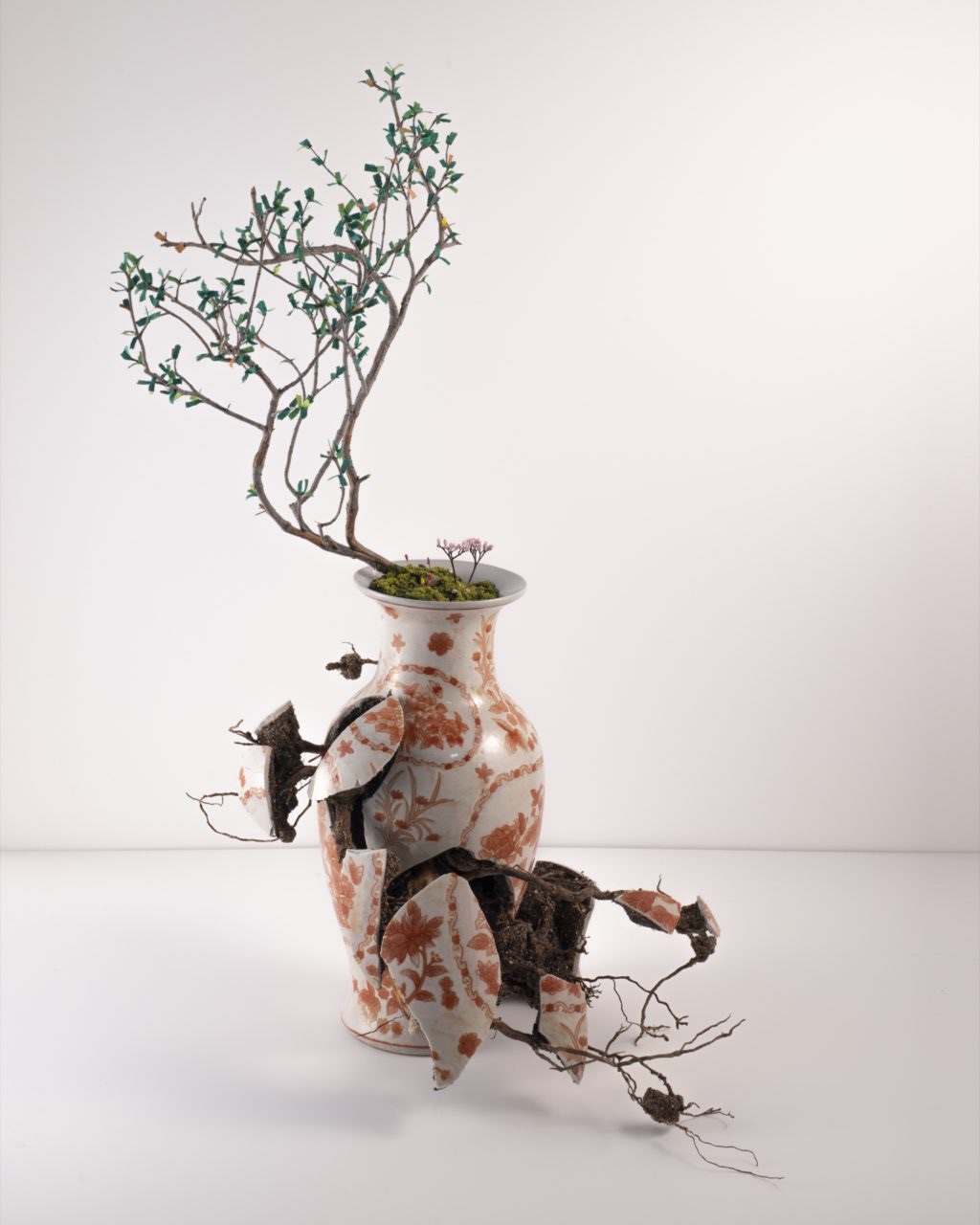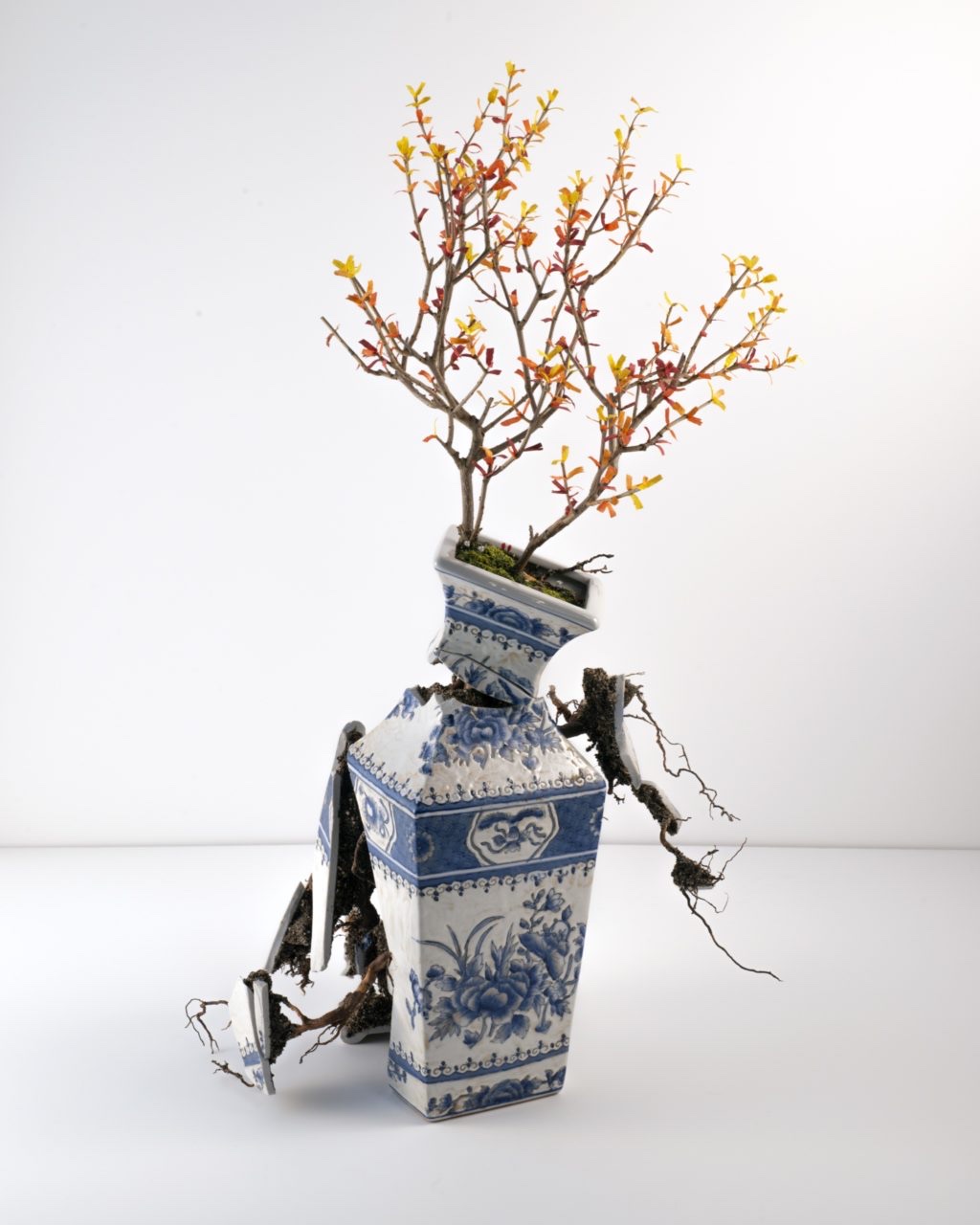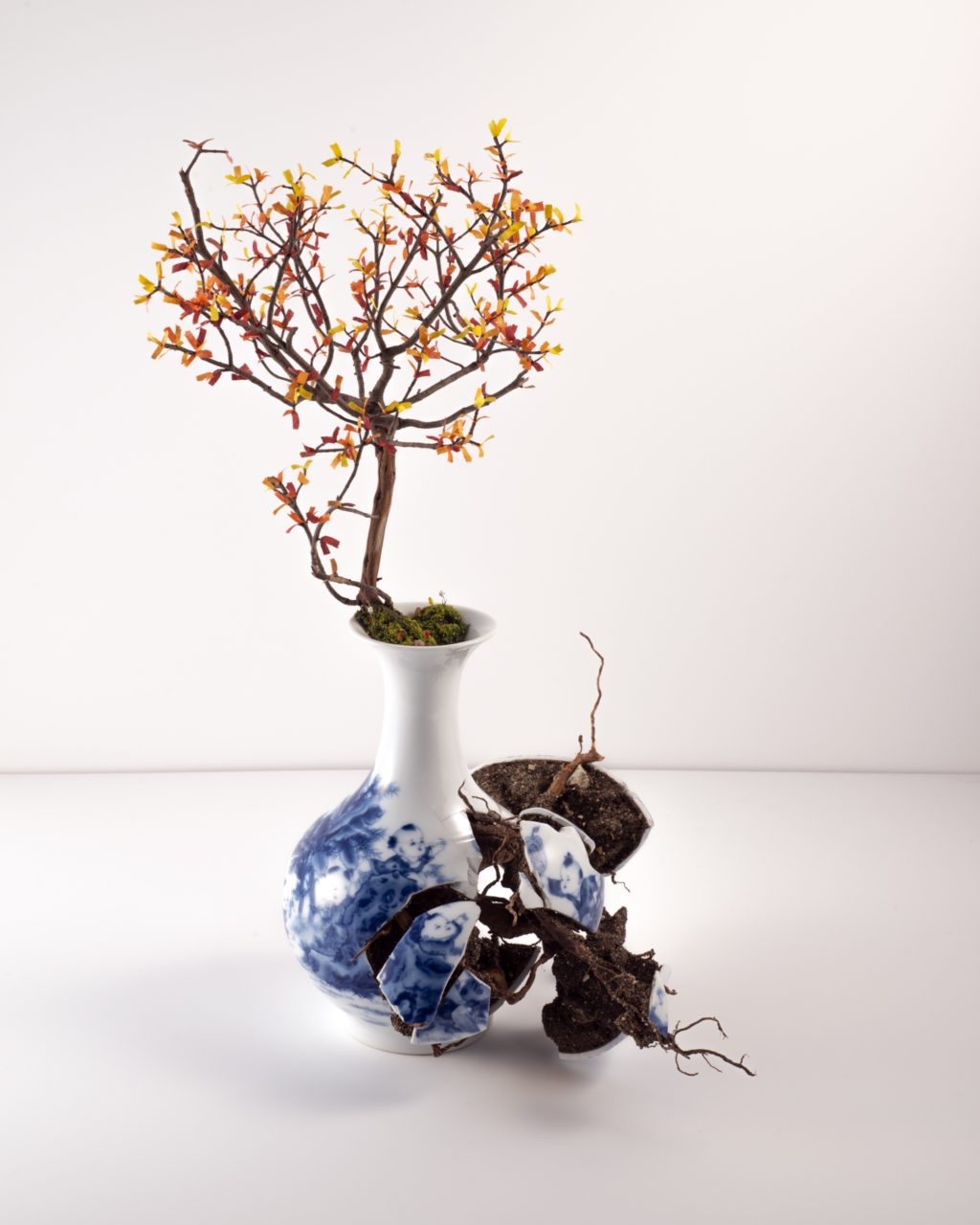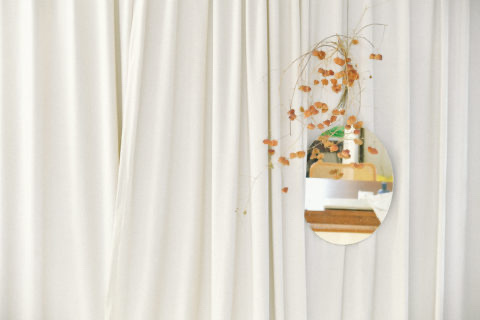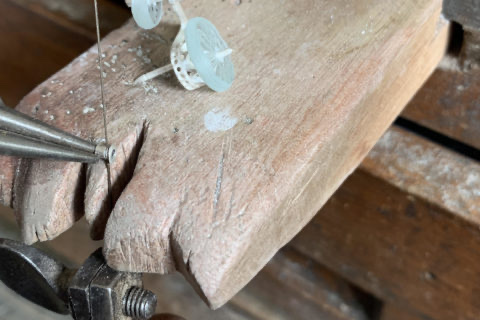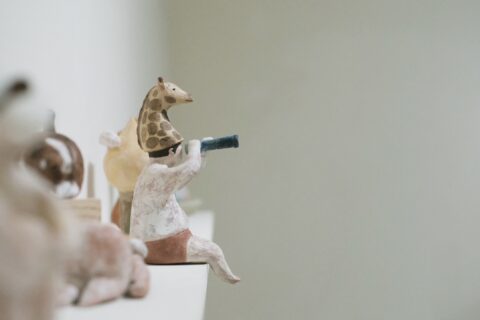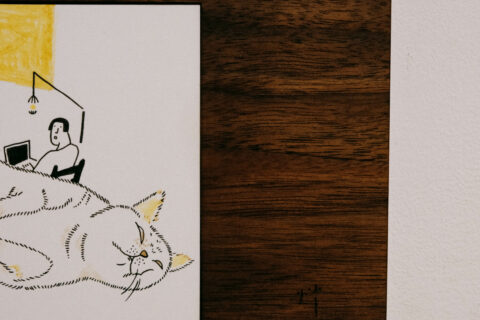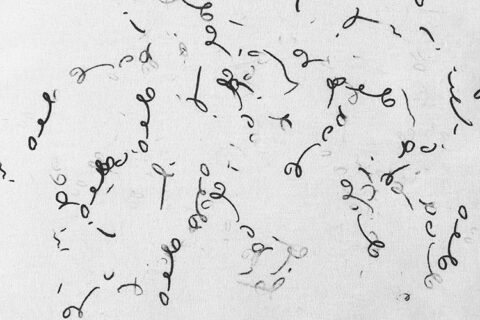在法國藝術家Émeric Chantier的作品中總會看見泥土、苔蘚或是樹枝,它們生長在一隻手、人類的身體或是動物的臉之上,互相融合,就如淹沒於茂密的叢林一樣。它們的表情有的驚恐、有的沉思,不禁讓人思考在自然面前,人類是處於什麼位置?
早前Émeric Chantier在A2Z畫廊舉辦了香港首個個展,展覽中放置了一個安詳地「正坐」(sieza)的小孩。從這靜止的形態中,看見日本文化中重要的價值觀——禮貌和道歉,也展示出「自我責備」在人類身上的體現。在日本古代,「正坐」被視為一種弱勢坐姿,同時在日本茶道中代表端莊的社交禮儀;藝術家藉此來強調人類在面對自然的未來時,必須有自省意識,謙卑如「正坐」一樣。
Émeric Chantier採用聚氨酯泡沫等工業材料和泥土、苔蘚等自然材質,製作大自然與人類、動物和人造物品共生的雕塑,對大自然來一場無盡頭的探索。最新系列更融入亞洲的文化特質,以仿景德鎮的中國青花瓷和舊伊萬里(Ko-IMARI)風格的日本陶瓷花瓶為主體,把人造的園藝建設置於花瓶之內,呈現出器皿無法容納自然、不斷膨脹使花瓶破裂的形態。中國的榆樹扮演著大自然母親的角色,代表著蘊含無窮能量的自然本質,隨著時間推移,逐漸地壓倒人類所創造的容器。
「一方面,我的作品是關於自然和人,當中意念可能與人類的起源發生衝突。人們可從生態意識中了解到大自然母親的寶貴,她是所有生命的泉源。對我來說這是重要的議題,亦是集體意識的一部分。這些作品都是簡單且帶有詩意的敘述,必須代表自己說話。」—— Émeric Chantier
陶瓷花瓶是人類、工業化和藝術創作的象徵,它敵不過自然的力量,最後被分裂和淹沒。這是人類壓迫著自然,還是自然帶來的一場毀滅?工業化是環境破壞的催化劑,大自然最終也會來一個反撲。我們與自然的距離這麼近,甚至是其中的一部分,如何與自然共生,這是我們需要深思的命題。
oil, mosses, and tree branches are the materials commonly seen in the artwork of the French artist Émeric Chantier. They are growing out of human body parts or faces of animals and covering the surface of the sculpture, like a dense forest. They all have different facial expression; some are frightened, some are meditating. This makes me wonder, how should human positions ourselves in nature?
In the solo exhibition of Émeric Chantier in A2Z Art Gallery, there was a figure of a child sitting in a sieza (traditional formal way of sitting in Japan) position in the middle of the venue. This peaceful position illustrates the two core values of Japanese culture — courtesy and apology — while bringing out the introspective behavior as seen in human beings. In ancient Japan, sieza was seen as a vulnerable posture. Nowadays, it is still considered as a proper etiquette in a tea ceremony. Through this work, the artist instigates an emphasis of self-examination with the future of nature, that human needs to be as humble as being in a seiza position.
Chantier uses chemical substances like polyurethane along with natural materials like soil and moss to create sculptures that represent the coexistence of nature/human, animals/manmade objects. His sculptures are doors that guide viewers to an endless expedition into nature. Chantier has given a touch of Asian culture to his latest series by using imitation Jingdezhen porcelain and Old Imari (Ko-Imari) style Japanese porcelain vases to house the botanical constructs. These objects were cracked as they were unable to contain the expanding natural form. Chinese elm trees play the role of Mother Nature, they represent the boundless energy of nature that can break through the vessel created by humanity.
“On the one hand, my work is linked to the nature and the relationship that man can have with the latter, a confrontation with our origins, an ecological awareness of the preciousness of our mother nature, the source of all life, a subject that is important to me and should, in my view, be part of a collective consciousness. […] These are simple poetic narratives that must speak for themselves,” said Émeric Chantier
Porcelain vases are a symbol of human creation, industrialization, and artistic creation. In the face of the power of nature, they are doomed to be cracked and overwhelmed. Human is exploiting nature, but will nature strike back at some point by creating an unstoppable disaster? Industrialism is a catalyst to climate change, Mother Nature will, sooner or later, react to it. We are so close to nature; in fact, we are part of it. Finding a way to coexist with nature is, unquestionably, an immediate issue that we cannot neglect.
